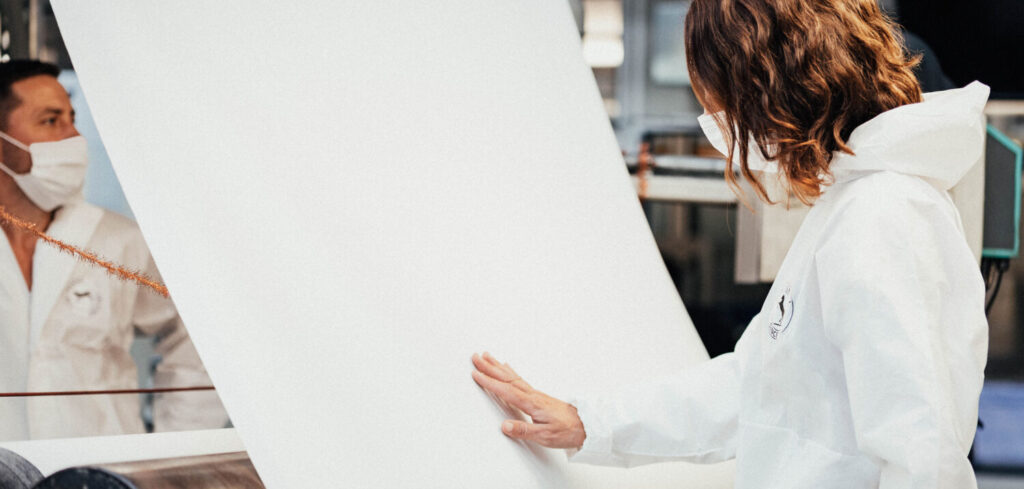Continental has highlighted the increasing use of its interior materials in electric vehicles and outlined the ways in which it sees the demands of manufacturers evolving to match the needs of the EV buying public.
“In 2020 alone, we generated about a 10th of our global sales with interior materials for electrically powered vehicles. We are experiencing tailwind that has helped us growing faster than the market,” explained Dirk Leiß, responsible for the Surface Solutions business unit at Continental.
In 2020, Continental produced a total of about 100,000,000m2 of surface materials. “Our outlook for the future also gives us great cause for optimism, with orders already on our books worth a total of about a billion euros over the entire model cycles of the vehicles concerned,” he added.
Continental says it sees great business potential in this fast-growing segment over the coming years, and it is therefore stepping up its focus on materials developed specifically for the interiors of electric and autonomous vehicles, as well as alternative mobility concepts tailored to the design and material requirements of individual customers.
Leiß noted, “Thanks to experience and know-how gathered in various industries over decades – for example in the furniture industry – we are able to selectively leverage synergies and create solutions in perfect alignment with our customers’ needs. Today we are already helping customers from around the world to turn their vehicles’ interiors into trendy living and working spaces while at the same time meeting the highest demands in terms of design and functionality.”
Due to the reputation of electrically powered and autonomous vehicles as sustainable and resource-saving, special demands are placed on the surface materials used for their interiors. For many drivers of electric vehicles, for example, a complete avoidance of materials of animal origin is also at the top of the agenda. In response to these demands, Continental states its surface specialists are increasingly concentrating on sustainable and recycled materials.
However, these materials need to perform as well, if not better, than their traditional counterparts. For example, the fabrics used for light-colored or white car seats need to be resistant to discoloration from clothing worn by drivers and passengers, such as blue jeans and other colored fabrics. Surfaces with special light effects are also apparently in high demand.
“Our translucent Acella Hylite Concept paves the way for the automotive future: it creates light effects by backlighting surfaces – something in demand not least for electric and autonomous vehicles,” remarked Ralf Imbery, responsible for surface material innovation, transformation and design at Continental.
Meanwhile, the future of mobility – a hot topic even well before the pandemic – remains a constantly evolving vision. For example, one of the impacts of Covid-19 has been carsharing as a concept losing ground vis-à-vis personally owned and driven vehicles.
“While the sharing trend is currently on hiatus, it will pick up again once the pandemic is over,” noted Imbery. “The pandemic has led to much greater attention being placed on surface materials offering special hygienic properties.”
This means that from Continental’s perspective, future carsharing concepts will require interior surfaces and fabrics that are antimicrobial, rugged, long-lasting, resistant to soiling and easy to clean, and disinfectant-resistant.



